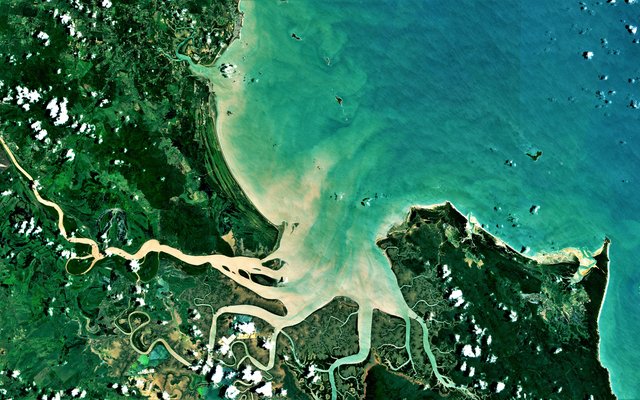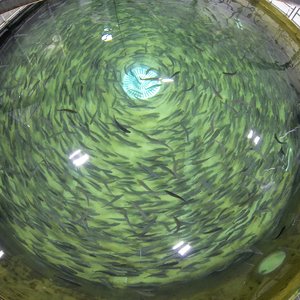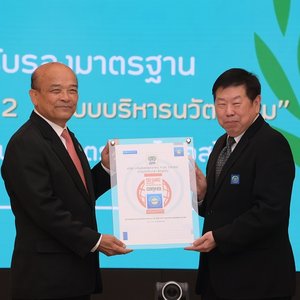CSIRO, Australia’s national science agency, launched AquaWatch Australia, a mission to deliver a world-first ground-to-space water quality monitoring system for Australia and the globe. AquaWatch will provide near real-time updates and predictive forecasting – a weather service for water quality – once fully operational.
Using an extensive network of Earth observation satellites and ground-based water sensors, it will support better water quality management, with early warning of harmful events such as toxic algal blooms, blackwater and runoff contamination. Data from both the sensors in the water and on the satellites will then be integrated at a central data hub where CSIRO’s capability in data analysis and AI can provide forecasts a few days ahead.
CSIRO, with foundation partner SmartSat CRC, is bringing together research, government, and industry with an initial co-investment of $83 million to design and develop AquaWatch.
“The ingenuity behind AquaWatch is it integrates Earth observation with other science capabilities like in-situ sensing, ecosystem modeling, engineering, data science and artificial intelligence,” said CSIRO chief executive, Larry Marshall.
Working with a range of implementation partners, AquaWatch will extend from rivers to coasts, with the ability to monitor bays, coastal wetlands, aquaculture farming, mangrove forests and coral reefs, including the Great Barrier Reef. AquaWatch already has six pilot sites set up around the country to test the system for several uses such as monitoring toxic blue-green algae blooms at Lake Tuggeranong in Canberra, a popular spot for recreation. It is also being tested around coasts, with another pilot focused on how sediment flow from the Fitzroy River out to the Great Barrier Reef affects water quality.













